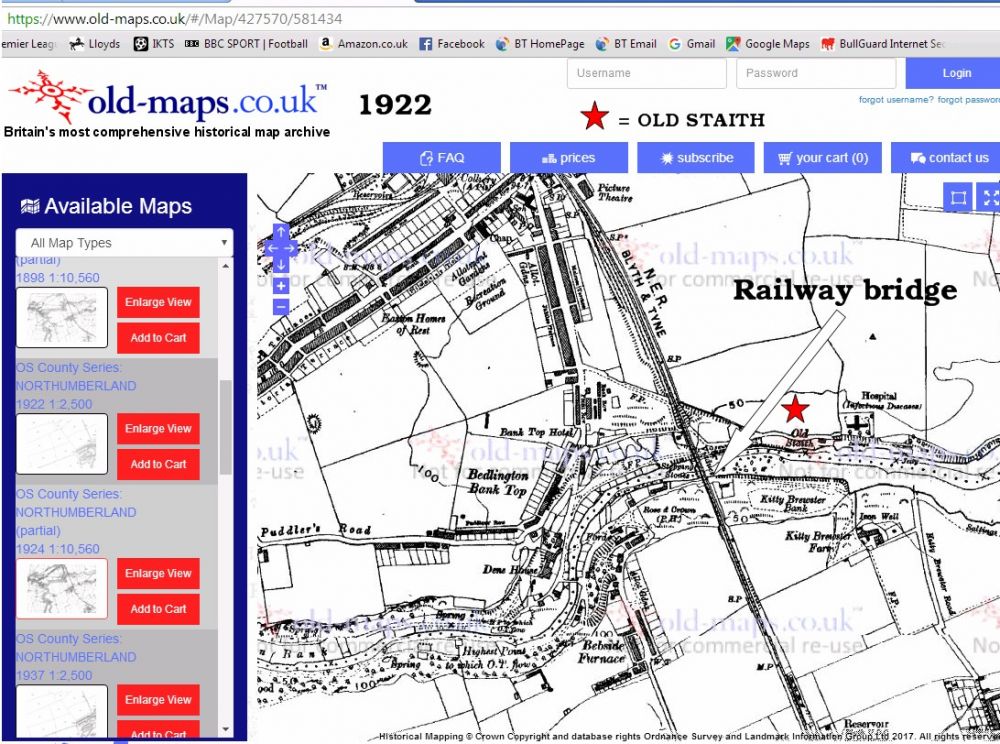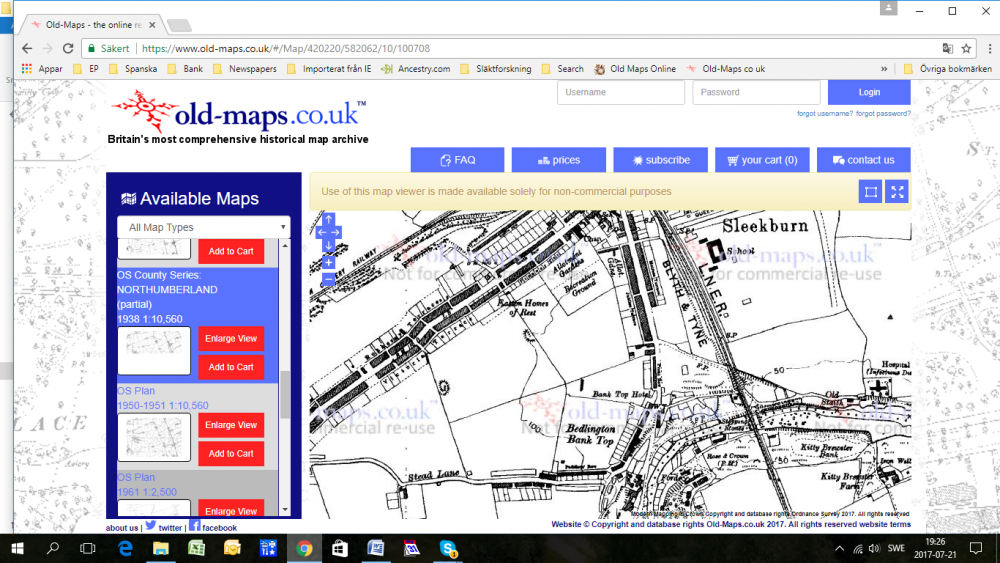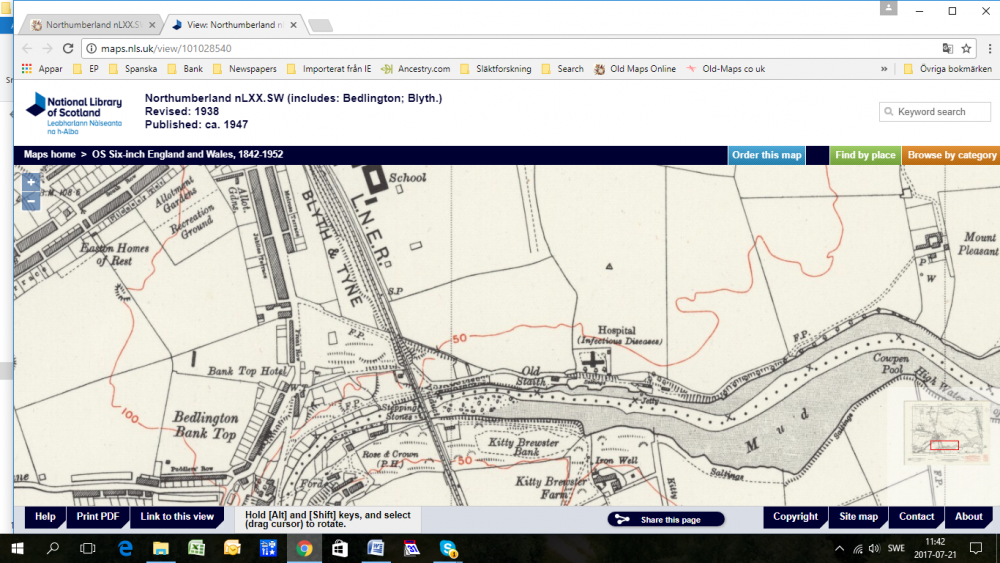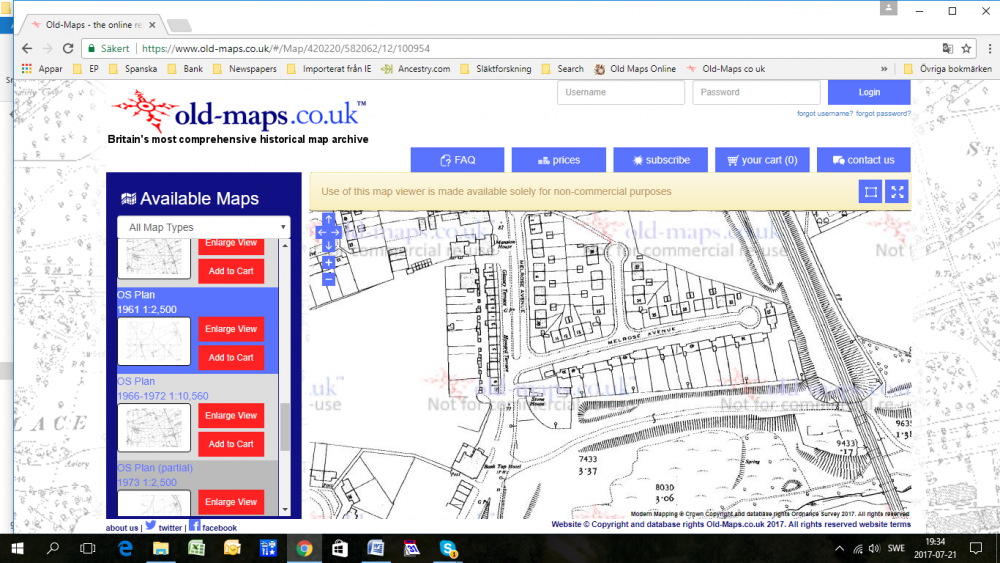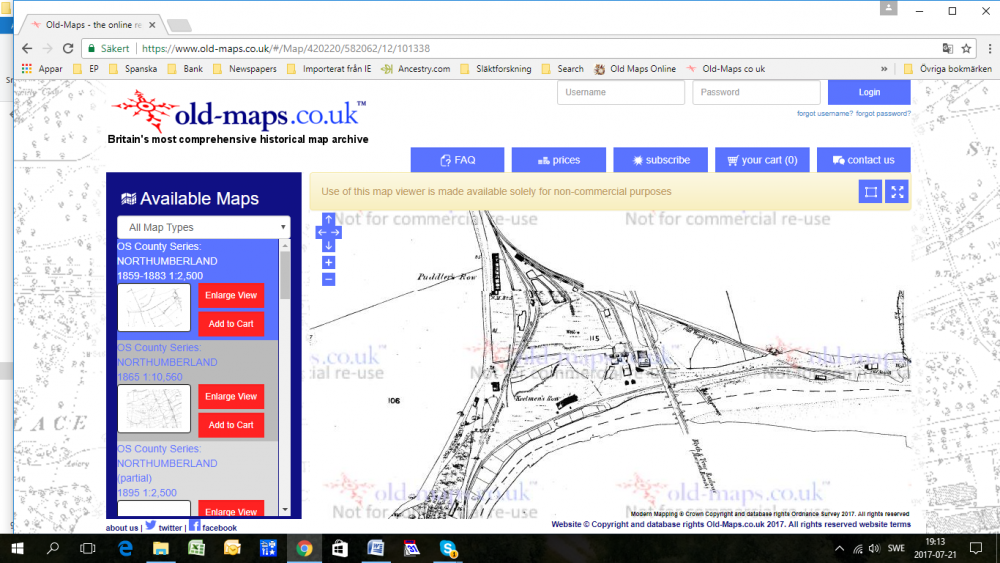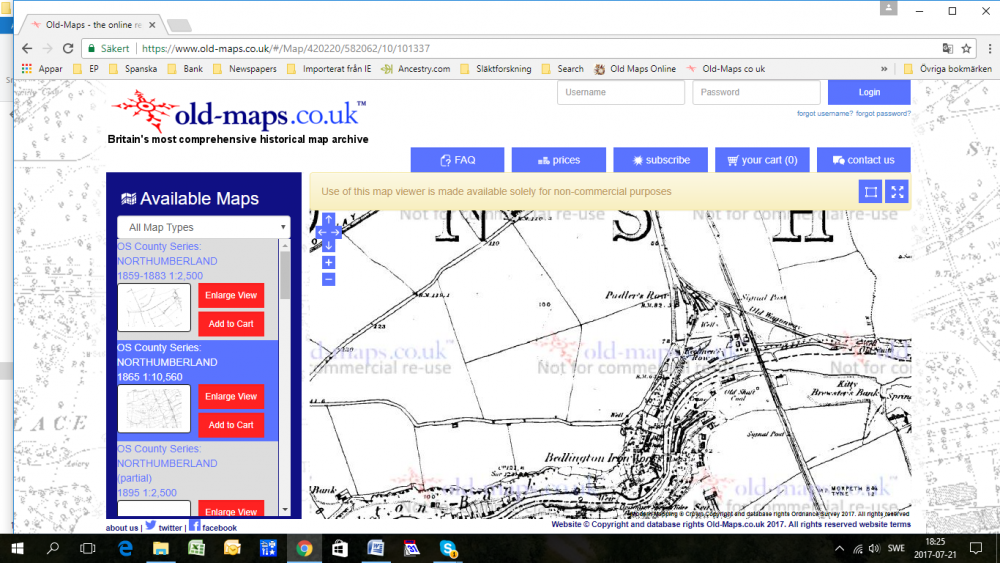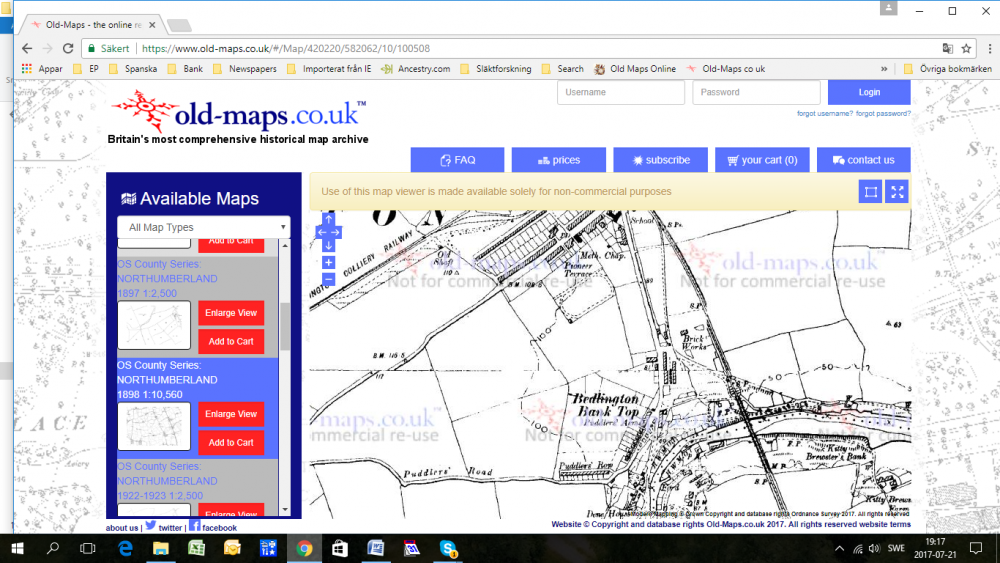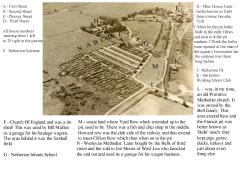.jpg.cdd7f8371d17e2f2f2e2a0e21e02f727.jpg)
Canny lass
Supporting Members-
Posts
3,596 -
Joined
-
Last visited
-
Days Won
407
Content Type
Forums
Gallery
Events
Shop
News
Audio Archive
Timeline
Everything posted by Canny lass
-
Very late, I know, but better late than never, as the saying goes. I hope you enjoyed it.
-
.thumb.jpg.7493ddab4a696108cf2b849323d3c155.jpg)
Councillor Wallace - An update on the Market Place site.
Canny lass replied to Russ Wallace's topic in Talk of the Town
I must leave this discussion here.The democratic process in this household - I booked and he payed - has decided that, after an awful year we need sun, sea and gallons of wine (not necessarily in that order). See you in a couple of weeks. Behave yourselves while I'm gone! -
.thumb.jpg.7493ddab4a696108cf2b849323d3c155.jpg)
Councillor Robinson - September 2017.
Canny lass replied to Malcolm Robinson's topic in Talk of the Town
The time you take to keep us informed is really appreciated, as are all the hours you put in getting the job done. -
.thumb.jpg.7493ddab4a696108cf2b849323d3c155.jpg)
Councillor Wallace - An update on the Market Place site.
Canny lass replied to Russ Wallace's topic in Talk of the Town
... and some folks may see it as positive that anything at all is happening in Bedlington in general and at the market place in particular. I'm not a lover of either Aldi or Lidl and would have much preferred a Sainsbury's or a Waitrose. However, you can't please everybody. and yes, I also see it as voicing an opinion as did i am sure Councillor Wallace when he started this thread. There is more to the market place development than just a supermarket but that's just MY opinion. -
.thumb.jpg.7493ddab4a696108cf2b849323d3c155.jpg)
Councillor Wallace - An update on the Market Place site.
Canny lass replied to Russ Wallace's topic in Talk of the Town
-
.thumb.jpg.7493ddab4a696108cf2b849323d3c155.jpg)
Councillor Wallace - An update on the Market Place site.
Canny lass replied to Russ Wallace's topic in Talk of the Town
It all sounds good to me! -
.thumb.jpg.7493ddab4a696108cf2b849323d3c155.jpg)
Councillor Crosby - Road Traffic Collision – Victoria Terrace
Canny lass replied to Bill Crosby's topic in Talk of the Town
Isabel, may I offer my deepest condolences. I can't begin to imagine what you are going through but I feel your pain and I understand your anger. It's a sad fact that there are, and unfortunately always will be, idiots on our roads. I am doubtful just how much 'road calming' measures can help in the fight against idiocy among drivers. I've seen motorclists using the 'humps' as make-shift ramps, approaching them at high speed to lift the bike as high as possible before crashing down onto the road. It's not any better with alternating half road-width barriers. These I've seen used as 'slalom' tracks by both bikes and cars all at speeds much higher than the restrictions allow. Perhaps it should it be more difficult to get a driving licence or indeed a car or bike? Perhaps we should have repeated driving tests throughout our life? I don't know what the answer is to the problem but I hope the young man who took away your daughter gets his just rewards. That will not bring back your daughter. That will not take away the great pain which you and your son are feeling but if idiots are capable of learning then hopefully they will learn something from this. Once again, my deepest condolences. -
"No, you aren't imagining it!" Oh yes I am! I must make an effort to get out more!
-
It was certainly a full packed programme! There's not many dances I recognise. What on earth is a "one step"? "The Toddle" sounds a bit odd as well. I wonder if it was anything like 'The Hustle'. Probably not!
-
Welcome to the forum Dawn. What a lovely souvenir of times gone by! "A Full and Fancy Confetti Carnival". I wonder what that was? I'm amazed to see that it didn't finish until 3am! I wonder why the gents admission was more expensive than the ladies? The venue was the "Locke Hall". I think that was above the Coop on Front Street East in Bedlington.
-
.thumb.jpg.7493ddab4a696108cf2b849323d3c155.jpg)
Old Playground Rhymes, Songs Or Games From The Bedlington Area?
Canny lass replied to AnnaF's topic in History Hollow
I'm sure I would too!! -
Thanks Eggy. I must have got it wrong. Those pictures are definitely the Jack Antonio I remember. His cart was very colourful.
-
I think the man in the white coat with the horse and cart could be Jack Antonio (not sure about the spelling), ice-cream seller. He came to Netherton as well in the early fifties. He seemed ancient to me, at 4-5 years old, then.
-
1922 (Eggy’s map): The former site of the old wagonway has now been developed, to include Jubilee- and Melrose Terrace. The ‘new’ Puddlers Row, fronting onto Puddler’s Road, runs east-west south of the Bank Top Hotel (opened 1903). Directly to the north of the hotel and south of Jubilee Terrace, where the former old wagon way turns off towards the old staith, is a smaller row, here named Back Row. This is very possibly the former Pudler’s Row shown in 1865. Two new developments appear on the left of the main road and to the north of the Bank Top Hotel. Front Row appears, adjacent to the Bank Top Hotel, and at its northern end, next to Jubilee Terrace, is the Mansion House (named on 1961 map). 1938: Back Row disappears from the map. Puddler’s Road has been renamed Stead Lane so the ‘new’ Puddlers Row, running east west, now faces Stead Lane. 1947: The old wagonway has now become a footpath leading to the old staith and Front Row is clearly seen between the Bank Top Hotel and Jubilee Terrace. 1961: Here, we can see that the row to the south of Mansion House, previously named Front Row, now has two names. The northern part, nearest the station, is now called Glassey Terrace while the southern part, nearest the bank Top Hotel, is now called Howard Terrace. I think somebody mentioned this previously. The line of the old wagon way is still clearly visible, forming the north east boundary of the Melrose housing. It seems the original Puddler’s Row was situated behind Melrose Avenue. It also seems to have been there in 1922 and possibly still in use.
-
This Puddler’s Row has had me perplexed for a while. I’ve also had relatives living here but that was long before it popped up on the 1922 map. It’s taken a while to dig around in the old maps but I’ve now found an earlier Puddler’s Row in Bedlington Station, roughly where Melrose Avenue is today. Here is the history as far back as I’ve been able to trace it so far. 1859: Puddler’s Row appears as a row of houses, running north south and to the west of the old wagon way sidings. It is situated to the north of the Bank Top area and to the right hand side of the main road. The Bank Top area is undeveloped at this time. 1865: Showing a larger area. Note that on the map above it’s Pudler’s row and on the map below it’s Puddler’s Row but it is the same Row. The Bank Top area is still undeveloped. 1871: Puddler’s Row appears on the 1871 census for the “Village of Bank Top” which consisted of . ( north to south running towards the bank top): “Bank Top cottages (1-4) Wood Row (numbers 1-15) Puddlers Arms WoodRow (numbers 16-53) Puddlers Row (1-21) Browns Cottage” and clearly moving across to the Furnace Bank area: “Iron Works Bedlington Hall Staith Quay Mill Bank” So, it appears that the recently discussed Staith Quay also belonged to the ‘Village of Bank Top”. 1898: The former Puddler’s Row is still shown but without a name. The old wagon way is still visible. A new Puddler’s Row appears running east west and facing Puddler’s Road. The area of Jubilee- and Melrose Terrace is undeveloped. Continued in next post.
-
.thumb.jpg.7493ddab4a696108cf2b849323d3c155.jpg)
Old Playground Rhymes, Songs Or Games From The Bedlington Area?
Canny lass replied to AnnaF's topic in History Hollow
So it's nothing to do with the 'Good Ship Lollipop' and trips to the candy shop then? I've never heard it either. You and I must have moved in the wrong circle of friends, HPW. Either that, or we've had a very sheltered life! -
Hur mår du? Hej. Pronounced as 'hay' (the way the queen would say it). Usually followed by the above 'hur mår du'.
-
Good heavens HPW, you are bilingual. Geordie and English!! I think you'll have to stick to English for the scandinavian members. I struggle with the geordie twang myself sometimes - BUT DIVVEN'T STOP!!
-
Well! There I was thinking I should be taking more water with my whisky. I don't have your e-mail but you can message it to me or you'll find my e-mail on my profile if you prefer that route.
-
I understood that they were visiting Bedlington as well - because of the dog connection - or is my brain playing tricks on me?
-
Hi Lars och Jennifer Så trevlig att ni vill besöka mitt hemland! Jag har bott 30 år i ditt. Det finns mycket att se och uppleva i England och tro mig när jag säger att det inte bara är grått och regnigt. Nu tar jag resten på engelska så att resten av gänget kan komma med kommentarer. A lot depends on how much time you have at your disposal and what your interests are. Like Sweden, the UK has a rich and varied landscape. It's easy for a swede to think that England is synonymous with 'London' and 'dirty' industrial towns but this couldn't be further from the truth. Certainly, England has its fair share of leftovers from the industrial revolution - and these give an interesting insight in themselves - but it also has a great deal of rural history. It surprises many to know that at the height of the industrial revolution, England probably had the best (meaning most sensibly) dressed and fed working class population in Europe. This was largely thanks to the wool industry and its copious bi-product - meat (mutton). I've taken guests from Sweden to England on several occasions and always try to balance the industrial/urban side of England with the rural side and most are more than pleasantly surprised to find that England has vast areas of devastatingly beautiful countryside.. If you're starting out from Edinburgh head south towards Bedlington following the coast road. Look out for and make a stop at: Holy Island (Lindisfarne), Bamburgh and Craster (you must eat at least one kipper!) before heading inland towards Alnwick. Continue south towards Morpeth and Bedlington. The advice given by Andy above, regarding the heritage leaflet is well worth noting. Have it on your phone/ tablet or print it out before you leave home. It is, unfortunately, only available at the local council office during opening times. You can't visit Bedlington without looking into the history of our mines and the men who worked them. These men were the backbone of the industrial revolution in England. Without them, and the coal they produced, there would not have been much of a revolution. Steam power may have powered many innovations but it was sheer human muscle power that provided the raw material for the steam. I agree with Eggy, http://www.experiencewoodhorn.com/ is a good place to start. While in the Bedlington area I would also recommend a day out to Beamish Open Air Museum near Stanley, County Durham http://www.beamish.org.uk/ to see how miners and their families lived and worked during the period of the industrial revolution and the war years. Very interesting. Also interesting, for you Lars, is that wherever you go in the Bedlington Area - indeed all over the north east - you are walking on ground that is being held up by wood from Scandinavian forests. Britain's mining industry was one of the biggest importers of timber (for pit-props to hold up the roof in the mines) from Scandinavia. While in the North East, and not far from Bedlington we have Hadrians Wall http://hadrianswallcountry.co.uk/ and from there it's a nice journey over the moors to Carlisle or Penrith and the lake district. As you approach Cumbria (the lake district) another point of interest for a swede is to start looking at the place names. In this area the Scandivians influence is very much in evidence. Look for names ending in by (swedish 'by'), thorpe (swedish 'torp') and toft (swedish 'tomt'). These all came to Britain with your forefathers - the vikings. From Penrith, I always think a nice round trip in the lake district starts at Penrith and heads west towards Keswick and Cockermouth before turning southwards to Buttermere, Ambleside and Windermere but it's very individual. It might be worth noting that it is packed with tourists in August so you'd be wise to book accommodation in advance. It's a beautiful area, in many ways like Sweden from a point of view of nature. However, if you want to see, what I think of as the 'real' England you should start your journey south taking a route through the peak district of the Pennines - the backbone of England. There's some fantastic walking on the Pennine Way (sometimes referred to as England's longest footpath http://www.nationaltrail.co.uk/pennine-way) and (http://www.peakdistrict.gov.uk/visiting). I hope this is of some help and if you want to know about some of my other 'typically English' places which I usually show visiting swedes then please feel free to ask. There's loads to see and do between the Lake District and London.
-
.thumb.jpg.7493ddab4a696108cf2b849323d3c155.jpg)
Village Map with text2.jpg
Canny lass commented on Alan Edgar (Eggy1948)'s gallery image in Historic Bedlington
Can't be 1968. The sepia photo must have been taken before 1962 as the 'new' store (opposite the tute) isn't there. We know it was opened in 1962 (see Bluebarby's info dated 11 May 2016: Topic "the store" Netherton). It can be seen quite clearly in the 1968 photo from Martin's publication. Here's another photo of Netherton looking from the pit towards the houses. Both the old and the new store are still standing. The old store was later destroyed by fire. You can clearly see all the buildings along the road between the pit and Fails farm (where the Building labelled 'I' is situated). They are the same as on the sepia photo. From right to left: The farm cottages. The canteen, (partly obscured by the pit baths on the other side of the road) and the red brick Co-op store. There are no other buildings on that road throughout my lifetime. This is quite a late photo as Clifton Row has been demolished. The two methodist chapels, though no longer in use as houses of worship can also be seen at either end of First Street. Apologies to the owner of this photo. I'm afraid I can't give any credit as I haven't noted your name, though I think it may be my good friend Philip Hodgett. -
Quite right. Robert Wakenshaw. The footballer to the right of him could be Ken Johnson from Netherton. What do you think Bluebarby?
-
.thumb.jpg.7493ddab4a696108cf2b849323d3c155.jpg)
Village Map with text2.jpg
Canny lass commented on Alan Edgar (Eggy1948)'s gallery image in Historic Bedlington
-
.thumb.jpg.7493ddab4a696108cf2b849323d3c155.jpg)
Village Map with text2.jpg
Canny lass commented on Alan Edgar (Eggy1948)'s gallery image in Historic Bedlington
M is the flattened remains of Yard Row, BB. Howard Row, where I was born was on the other side of the railway line as this map from 1947 shows. The methodist chapels, providing the photograph is not dated prior to 1947, were situated to the north and south of First Street as the map also shows. I can't recall there ever having been a chapel opposite the farm. I can't remember there evr being any buildings at all on that road, only 'the store, prior to the three new farm cottages being built in the fifties. Does anybody know when this photo was taken?



